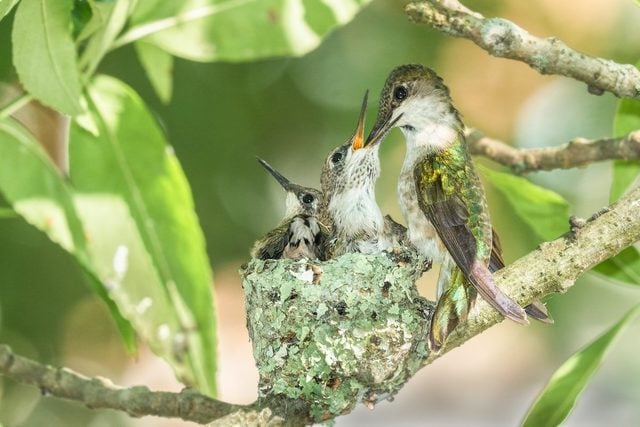The Ultimate Bucket List for Hummingbird Lovers
Updated: Apr. 13, 2023
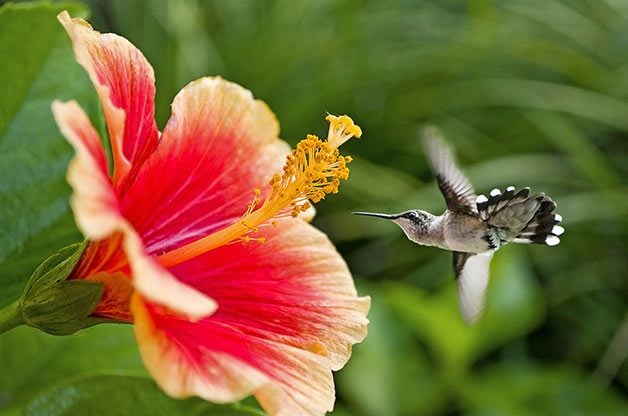
These activities, from hummingbird festivals to feeding tips, are seriously cool ideas that every hummingbird enthusiast should experience.
Several years ago, I was lucky enough to take a trip to southeastern Arizona where every destination, hike and tour focused on hummingbirds. My fellow travelers and I walked around starry-eyed, clutching cameras and scribbling field notes as we watched the tree branches and feeders. And we weren’t disappointed; hummingbirds were everywhere. All told, I spotted 13 different species on that trip, including several rarities.
The experience stuck with me, and made me realize that although watching hummingbirds at backyard sugar-water feeders and nectar flowers is pretty wonderful, there are a lot of other ways to indulge that interest. This list of hummingbird activities is a good place to start. What are you waiting for?
1. Take a Hummingbird Vacation
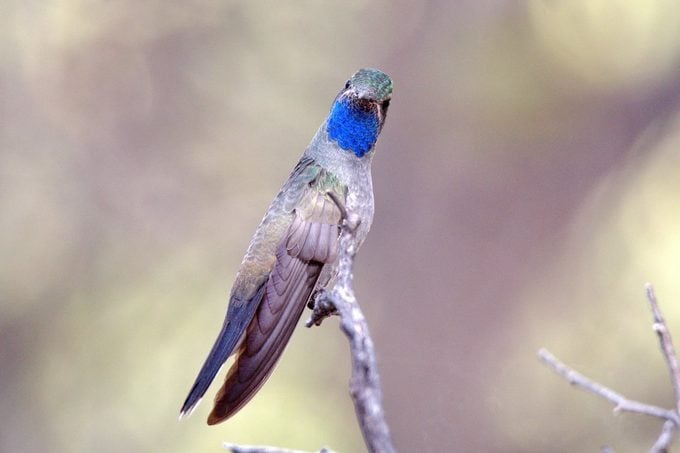
Southwestern states like Arizona, California, New Mexico and Texas offer the largest concentration of hummingbirds and a diverse range of hummingbird species. Destinations like Ramsey Canyon Preserve in Arizona or Davis Mountains State Park in Texas are especially known for plentiful and rare hummingbird sightings. But if such destinations are too far afield for you, take a day trip to a botanical garden that has plenty of sugar-water feeders. You’ll see hummingbirds by the dozen, especially during fall migration.
2. Attend a Hummingbird Festival
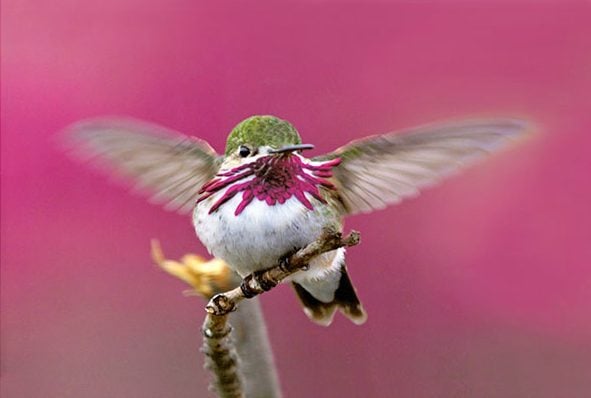
Hummingbird people are good people, and there’s no better place to meet those kindred spirits than at a hummingbird festival. You can find these events all over the country. The festivals usually take place in July through September and are concentrated in areas that experience abundant migration activity. The Rockport-Fulton HummerBird Celebration in Texas and the Sedona Hummingbird Festival in Arizona are two of the best ones.
By the way, here’s how to help a trapped hummingbird if you ever come across one.
3. Start a Hummingbird Journal
Here’s an activity you can do without leaving home. Keep a journal of the hummingbird activity in your yard. Note when the first hummingbird arrives in spring and when the final one departs in fall. How many visit your feeders? How does their activity shift during the day? Notice changing factors like weather or feeder placement, and write down those funny hummingbird stories, too!
Learn jaw-dropping facts about hummingbirds.
4. Add a Hummingbird Window Feeder
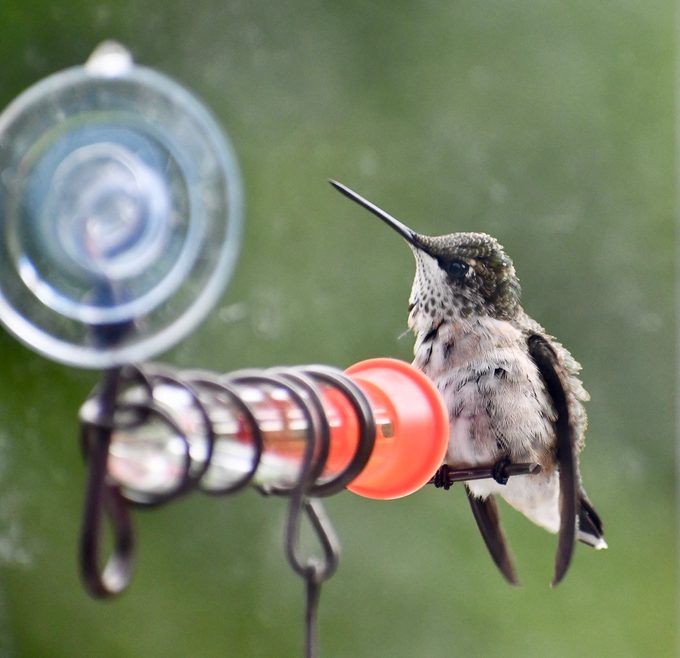
Imagine the thrill of having a tiny hummingbird, which typically weighs 0.1 to 0.2 ounces (less than a marshmallow), coming right up to your window. Add extra hummingbird feeders during nesting season or before migration, when the birds are expending a lot of energy and eating a lot of food. Choose a feeder that attaches to the glass with suction cups. Spend time near your windows, so the birds become accustomed to your presence. Then watch and wait for a hummingbird closeup!
Want to attract more hummingbirds? Follow these expert tips.
5. Volunteer at a Hummingbird Banding Event
Researchers have been banding birds to gather information about migration, lifespan and population since 1920 as part of the North American Bird Banding Program. Hummingbird banding is an extremely specialized activity, with hummingbirds making up less than 1 percent of the birds banded. The banders themselves are an elite group, and hold special permits. Participate in the process by volunteering at banding events, which take place at hummingbird festivals, or during migration periods along key flyways.
We found stunning hummingbird photos you need to see.
6. Recognize Hummingbird Calls
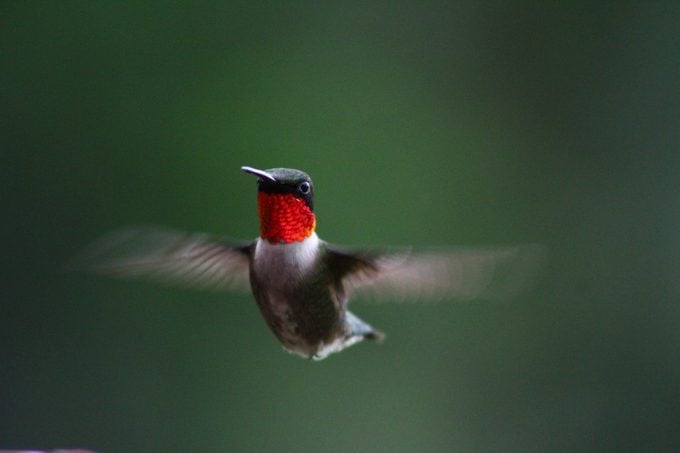
Experienced birders don’t need binoculars to identify birds. They use their ears instead, and usually know a particular bird is nearby well before they spot it. Hummingbirds, though not known for their songs, still make a series of distinct calls. Become attuned to these sounds by finding recordings (try using the Merlin app) to learn the calls of different hummingbirds and what they mean.
Learn more with our favorite hummingbird books.
7. Share Your Hummingbird Passion With Others
Thinking back to that Arizona hummingbird trip, one of its most enjoyable aspects was the shared experience. That sharing can happen on a trip, at a festival, on your front porch or at places like local schools and senior centers. Look for teaching or volunteering opportunities in your community to pass along what you love about hummingbirds. That’s one experience that will surely make your life richer.
Check out the best gifts for hummingbird lovers.
8. Find a Hummingbird Nest
Female hummingbirds usually build their intricately engineered nests on tree branches, but sometimes the birds select more visible and unorthodox nesting spots like plant hooks, chandelier-style light fixtures or electrical wires. Any horizontal surface under a protective roof will usually do, though nests can be really hard to find. Gather up your hummingbird-loving friends, and set out on the search. Just make sure to keep your distance so you don’t disturb the birds.
Don’t miss adorable pictures of baby hummingbirds.

